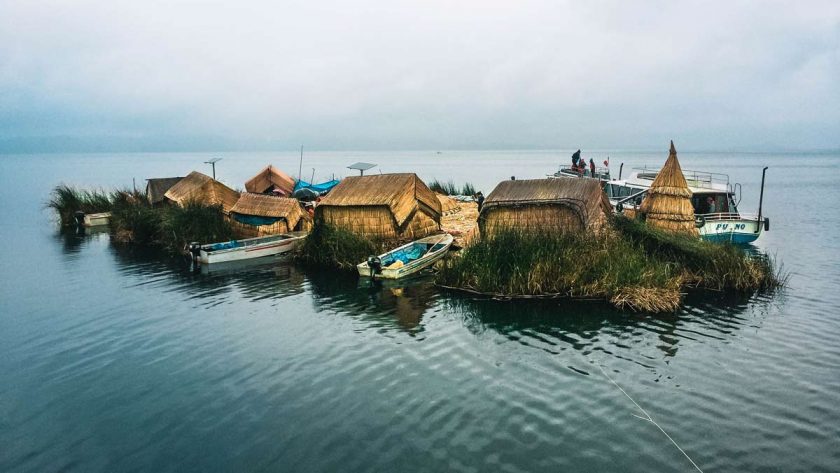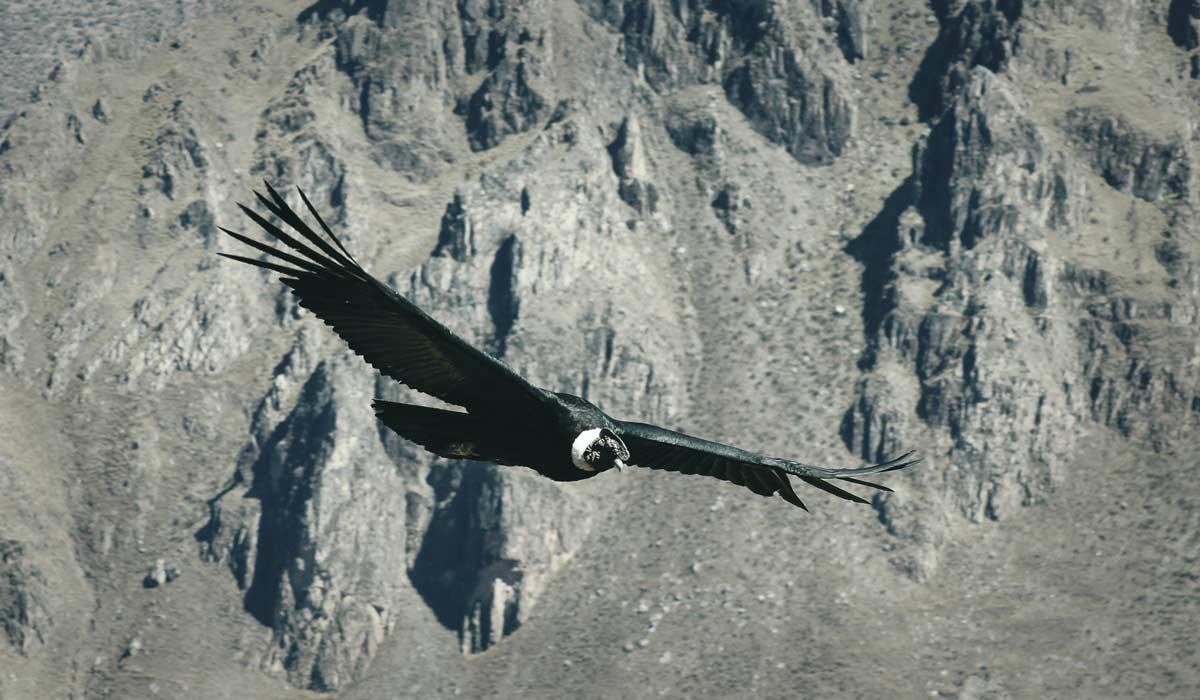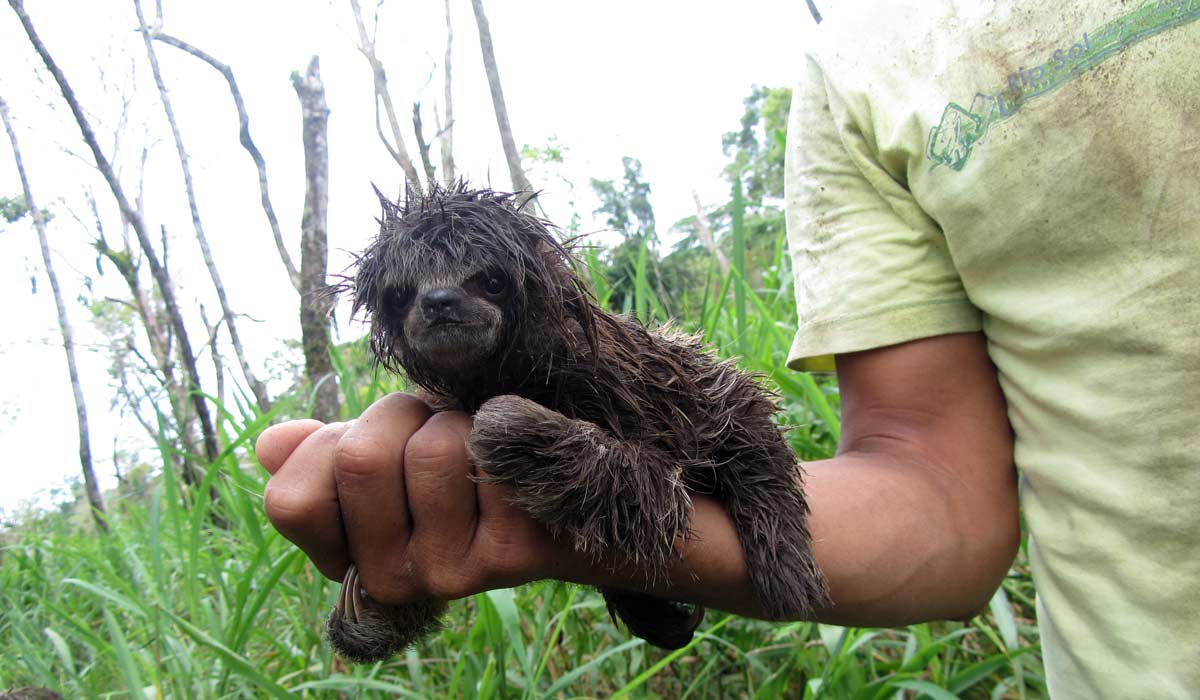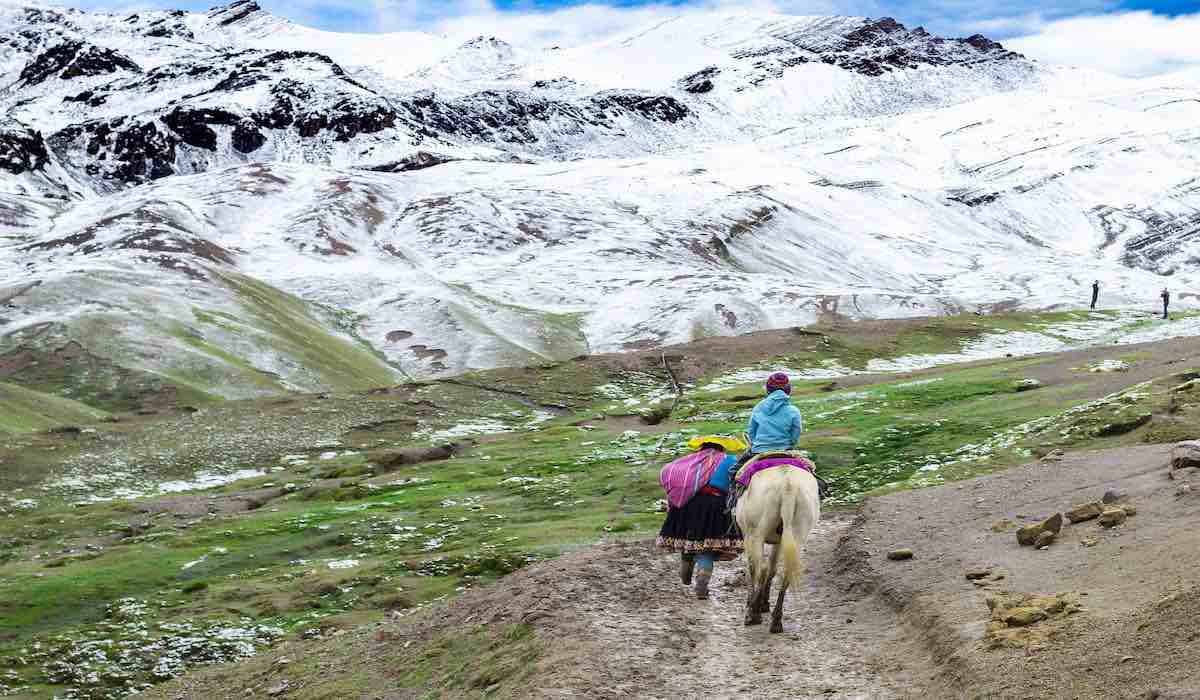This post is also available in:
 Español
Español
Titicaca Lake, where the founding fathers of the Inca Empire came from, is also the highest navigable lake in the world.
At more than 3,800 meters above sea level and with a surface of 58,000 square kilometers. The life in this lake and of its most representative people, the Uros, resembles the myth of Prometheus. This legend tells that Prometheus was punished by being chained up and watching an eagle devour part of his liver that grew back every night.
The etnia uro chulluni is part of a community that is divided between Bolivia and Peru. That is famous for the way they live in this last country: on floating islands that they build themselves over the Titicaca Lake.
In total, there are 77 Uros floating islands whose main peculiarity is that they have to renew themselves regularly, as it happened with the eternal punishment of Prometheus if they want to come out afloat by changing the net of reeds that are superimposed to a base made of fresh cattails.
Uros Floating Islands in Lake Titicaca
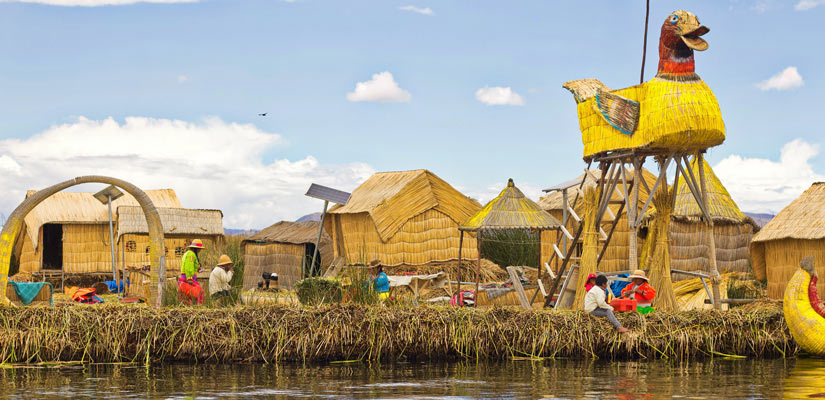
One of the most heard jokes by the tour guides and the inhabitants of the Uros Island (Puno) to explain how these islands are kept afloat describes how the Uros people une and anchor with ropes and pikes the blocks of khilis to the bottom of the lake so as to “not go to bed in Peru and wake up in Bolivia“.
Khili is the name given to the blocks up to two meters thick formed by fresh totora. The totora is a aquatic plant that emerges to the surface of the lake when there are strong precipitations and that interlaces itself to end up forming solid floating blocks of khilis.
A task that must be carried out regularly since the khili does not last more than 50 years. The reed network above it must be renewed every two or three months, which implies dismantling the houses to place fresh cattails below.
Life on the Isle of Uros
Given this cyclical panorama, the day to day life in the so-called ‘Andean Venice’ revolves around the mentioned totora. This is a root with which they form their artificial islands. Their picturesque canoes that they use to live off tourism and even as food since this root is very nutritious and widely available.
Thus, Lake Titicaca is divided into two sectors: the land sector and the water sector. Both are part of the Uros Chulluni Village Center and in both cases its peculiar way of life is oriented to the tourist exploitation. This is the main attractions of those who visit the floating islands.
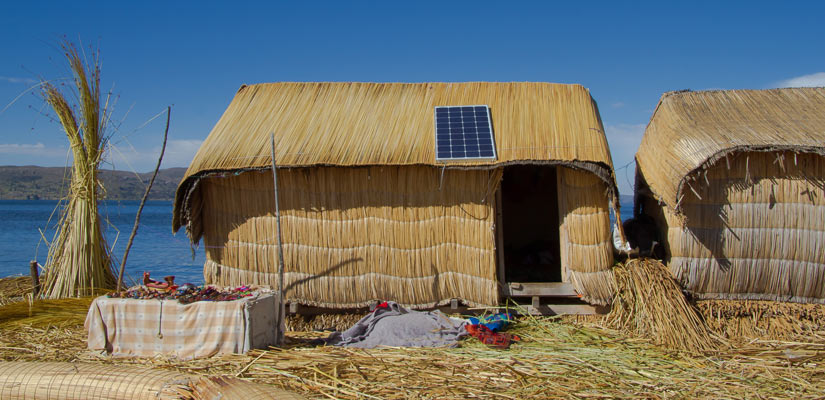
In this way, the hotels and restaurants are the protagonists in the mainland area, in the Puno port. Meanwhile, the rest of the almost 80 islands, such as the tourist Taquile and Amantani Islands, subsist with the sale of traditional handicrafts, especially fabrics, in their colorful markets.
But if there is an activity that by excellence fulfills its function of maintaining the subsistence of each floating island, is the boat rides that emulate the idyllic gondola rides through the channels of Venice. An activity for which this region is known by the nickname of ‘Andean Venice’.
From the ‘caballitos de totora’ to the Mercedes Benz
The totora rafts, also known as ‘caballitos de totora’, are in charge of taking tourists around the richest areas of flora and fauna in Lake Titicaca. These tours can be done in the so-called Mercedes Benz.
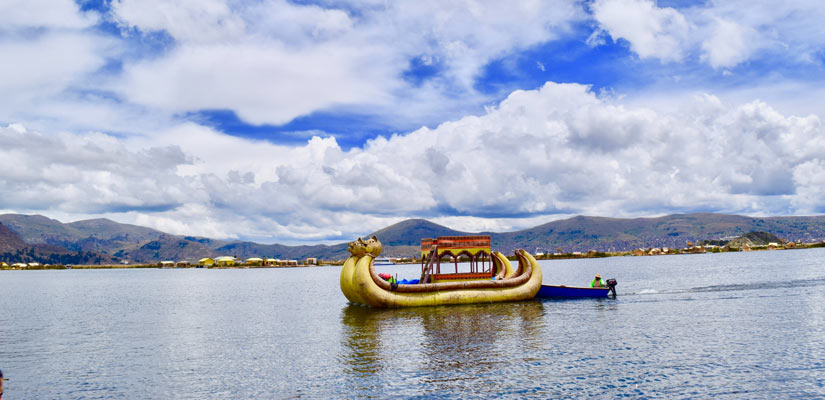
These are double-decker reed rafts named in this way to bring a smile to the faces of tourists whose role is essential to perpetuate a whole series of ancient traditions that are kept afloat by them.
Without a doubt, it is an experience worthwhile if you travel to Peru. Do you dare to visit the Andean Venice and its peculiar customs?

